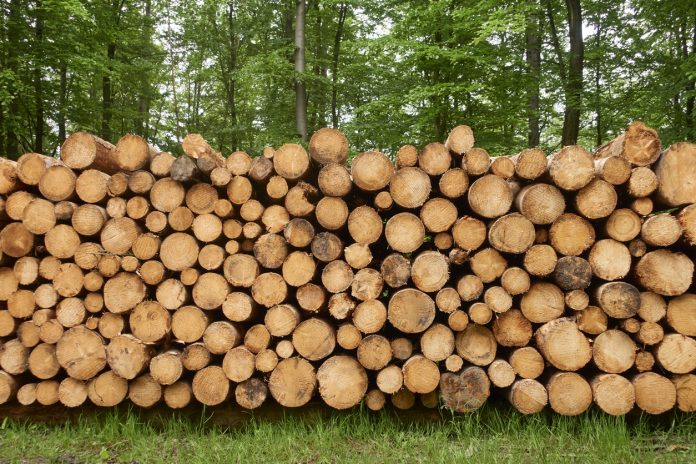Rose Braden, President of the Softwood Export Council, explores how sustainably produced forest products can help slow global warming
Above: This Softwood Export Council video focuses on sustainability in the North American softwood industry. It includes a definition of sustainability, provides insight into sustainable forest management, including state and federal laws, and highlights the advantages of using lumber.
With the world’s attention focused on reducing greenhouse gas emissions, forest products are positioned to become the environmentally responsible building material of choice. With 2050 Net Zero targets looming, decision-makers in the public and private sectors are prioritizing materials based on carbon emissions and renewability rather than on cost alone.
Construction materials and buildings play a significant role in creating or reducing greenhouse gases. Buildings generate nearly 40% of annual global CO2 emissions, and three materials mainly used in the construction sector – concrete, steel, and aluminum – account for 23% of total global emissions.
A sustainable, renewable resource
In contrast, forests not only absorb and store carbon from the atmosphere as they grow, but after trees are harvested and processed, approximately 50% of the dry weight of wood continues to be stored carbon. When forests are replanted, the cycle continues.
Wood stands out as the only widely commercially used building material that comes from a renewable resource. Life cycle assessment studies show that wood is better for the environment than fossil fuel-intensive materials such as steel or concrete in terms of embodied energy, air and water pollution, and other environmental impacts.
Less energy, less waste
It follows that buildings made from wood offer environmental advantages. Life cycle assessment studies show that wood buildings require less energy during their entire life cycle – from resource extraction through manufacturing, distribution, use, and end-of-life disposal, resulting in significantly lower greenhouse gas emissions than fossil fuel-intensive materials such as steel or concrete.
Manufacturing wood requires far less energy than other construction materials, and most of the energy used comes from renewable biomass. While manufacturing typically accounts for the largest proportion of embodied energy and emissions associated with the life cycle of any building product, it is also an area where wood consistently outperforms steel and concrete.
For lumber, processing is straightforward – bark is removed, logs are sawn, edges are trimmed, lumber is cut to desired lengths, dried, and then planed.
Manufacturing engineered wood products requires more processing to achieve structural performance requirements. For example, glued laminated posts and beams are bonded with durable, moisture-resistant adhesives. However, the embodied energy associated with engineered wood products is still significantly lower than steel or concrete.
In the lumber industry’s quest to reduce waste and increase efficiency, state-of-the-art processing equipment has helped make waste almost obsolete. Leftover sawdust and bark are put to good use and fuel the processing operations. As a result, according to Dovetail Partners Inc., which provides information about the impacts and trade-offs of environmental decisions, the North American lumber industry is 50-60% energy self-sufficient.
As global leaders and end users look for ways to reduce greenhouse gas emissions and select building materials that are good for the environment, wood products grown in sustainably managed forests offer a solution.











